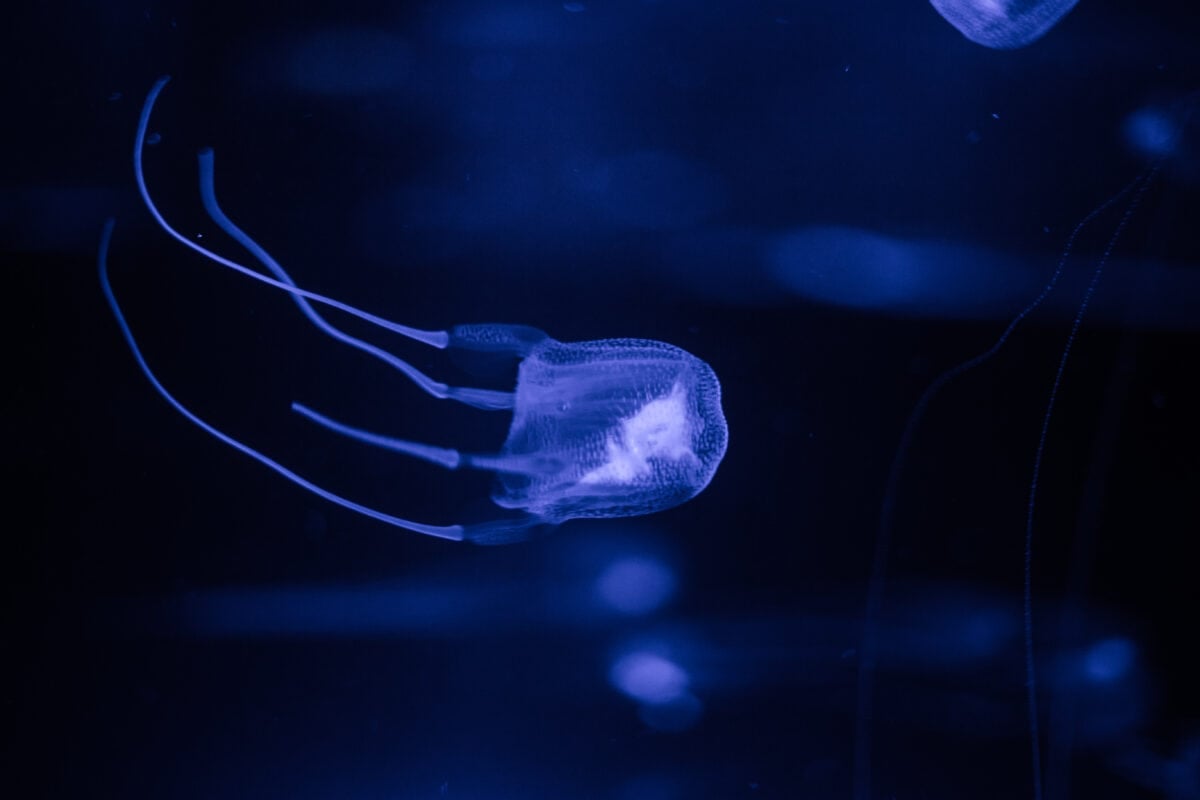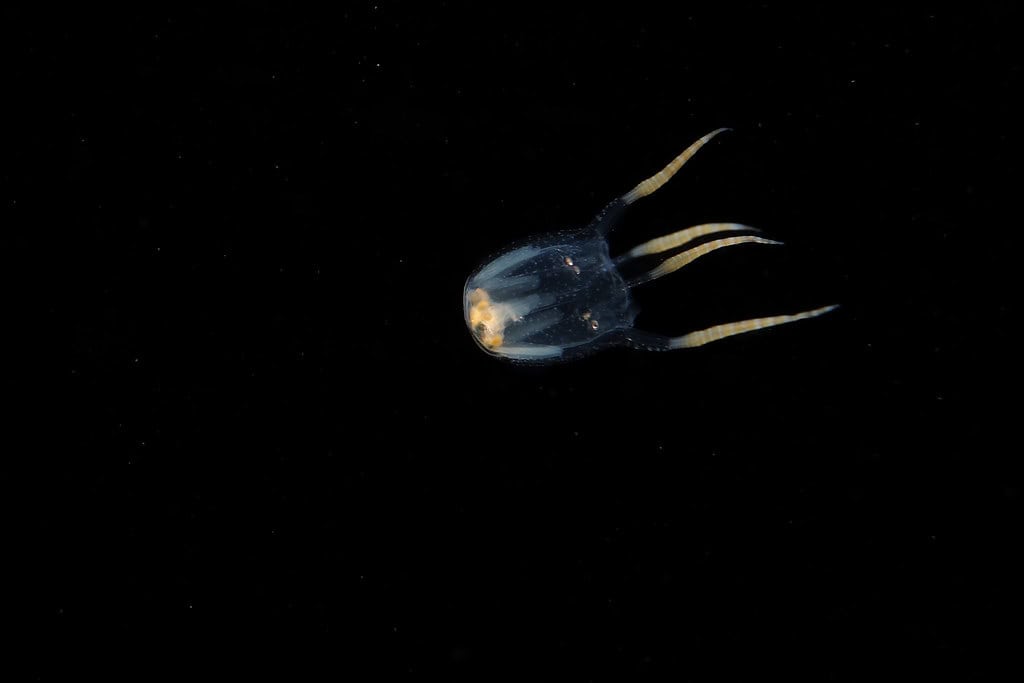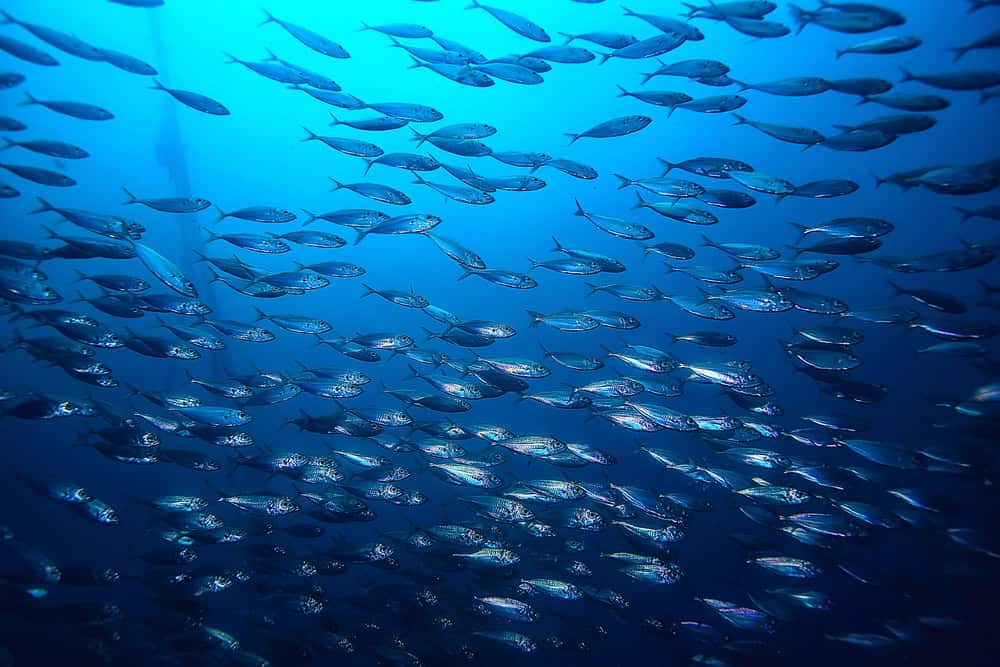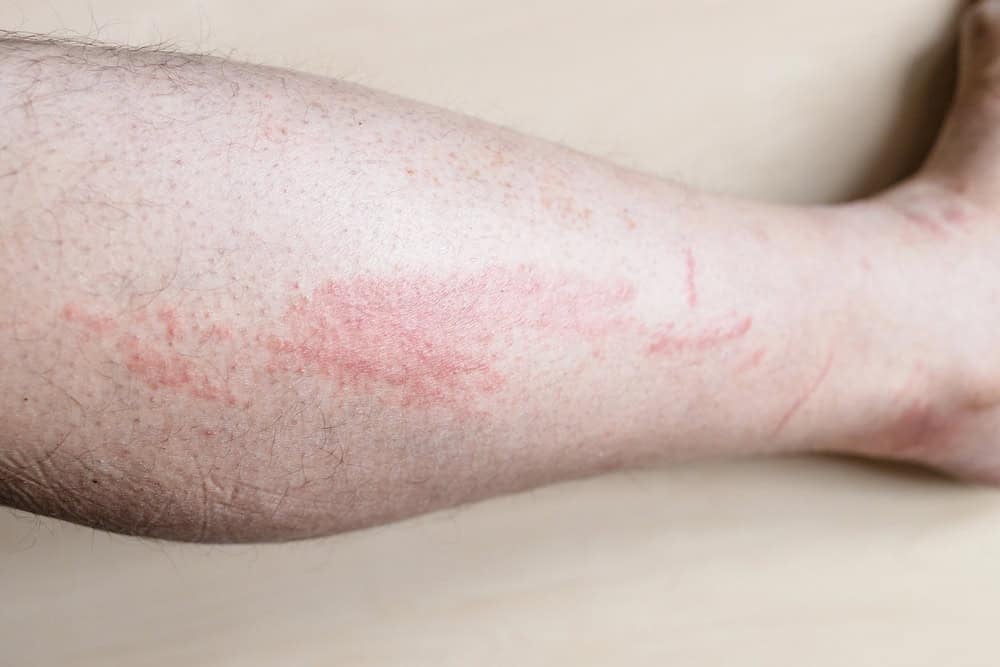Venomous animals have always intrigued humans, not just for their extraordinary traits but also for the danger they pose. While snakes often come to mind when discussing venom, they aren’t the only creatures equipped with toxic weaponry. Surprisingly, the title for the most venomous animal doesn’t belong to a snake but to something much smaller and often overlooked.
Understanding Venom Versus Poison

The terms “venom” and “poison” are frequently used interchangeably, yet they refer to different concepts. Venom is a specialized type of toxin that is actively delivered through a bite, sting, or other forms of injection, whereas poison is a toxic substance that is passively harmful when ingested, inhaled, or absorbed. Recognizing this distinction is crucial in appreciating the diverse range of animals that can deliver venom, not just snakes.
Meet the Box Jellyfish

The box jellyfish, primarily found in the warm coastal waters of the Pacific and Indian Oceans, is renowned as the most venomous animal in the world. Its transparent appearance may seem innocuous, but this marine creature is capable of delivering a venomous sting potent enough to cause severe pain, paralysis, or even death.
Anatomy of the Box Jellyfish

The box jellyfish is aptly named for its cube-shaped bell, which distinguishes it from other types of jellyfish. Their tentacles, however, are where danger lies; lined with thousands of stinging cells called cnidocytes. When triggered, these cells release nematocysts, microscopic harpoons that inject potent venom into their victim.
Components of Box Jellyfish Venom

The venom of a box jellyfish is a complex cocktail of toxins that target the heart, nervous system, and skin cells. It contains compounds that can cause a spectrum of effects, from minor skin irritations to full cardiac arrest. This makes encounters with these creatures particularly dangerous for swimmers and divers.
Behavior and Habitat of the Box Jellyfish

Box jellyfish are predominantly found in coastal waters of the Indo-Pacific, including the waters around northern Australia. They often inhabit regions with mangroves, estuaries, and river mouths, suggesting their preference for both oceanic and brackish waters. Unlike many jellyfish species that drift aimlessly with currents, box jellyfish can propel themselves through the water by contracting their bell, making them capable and intentional swimmers.
The Role of Venom in Predation

For the box jellyfish, venom serves both as a defense mechanism and a means of capturing prey. Their diet typically includes small fish and invertebrates. The rapid immobilization effect of their venom allows them to capture and consume prey efficiently before it can escape.
Human Interactions and Medical Implications

Box jellyfish stings contribute to numerous hospitalizations in regions where they are prevalent. The sting’s effects can range from mild discomfort to life-threatening conditions, such as shock or heart failure. Immediate medical attention is crucial for anyone who comes into contact with their venom.
Treatment for Box Jellyfish Stings

Victims of box jellyfish stings must seek medical assistance promptly. While vinegar can be applied to the sting site to deactivate any remaining stinging cells, it doesn’t alleviate pain or other systemic symptoms. In severe cases, the administration of antivenom and advanced life support measures may be necessary to stabilize the victim.
Prevention and Safety Measures in Affected Areas

Beach-goers and divers in regions inhabited by box jellyfish should take precautions to avoid encounters. Wearing protective clothing such as stinger suits, adhering to beach safety notices, and swimming within netted enclosures can significantly decrease the risk of stings.
The Ecological Role of Box Jellyfish

Despite the dangers they pose to humans, box jellyfish play an essential role in their ecosystems. They help control fish and invertebrate populations and serve as prey for certain species of fish and turtles, maintaining a delicate balance within their marine environments.
Educational and Research Importance

Studying the box jellyfish contributes valuable insights into venom evolution and potential medical applications. Researchers are exploring their venom for pharmaceutical developments, potentially leading to new treatments for heart and neurological conditions.
Future Challenges and Conservation

Changes in climate, pollution, and coastal development impact jellyfish populations, sometimes leading to population booms that can disrupt local ecosystems and increase human interactions. Conservation efforts must balance human safety with preserving marine biodiversity, ensuring sustainable coexistence.
Respecting Nature’s Venomous Marvels

The notion that snakes are the most venomous creatures has been challenged by the stealthy yet profoundly potent box jellyfish. Understanding these creatures broadens our appreciation for the complexity and diversity of life on Earth. While they pose significant risks, with respect and precaution, we can coexist with these remarkable marine organisms, learning from them while protecting both human and ecological health.
- The Most Venomous Animal Isn’t a Snake—It’s Something Smaller - August 20, 2025
- The Slowest Animal in the World Moves at This Shocking Speed - August 20, 2025
- Do Sharks Really Have to Keep Swimming to Stay Alive? The Truth Revealed - August 19, 2025

